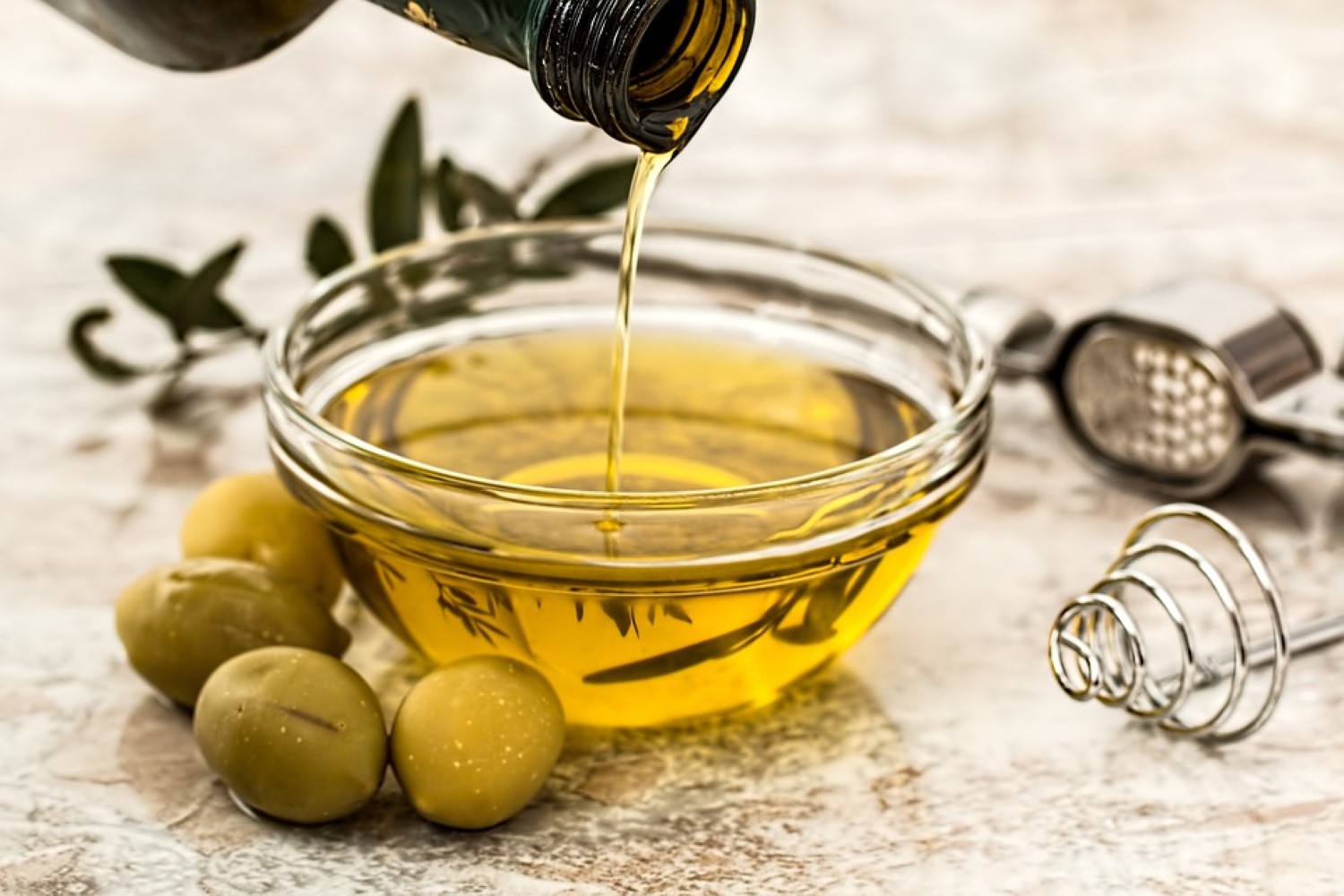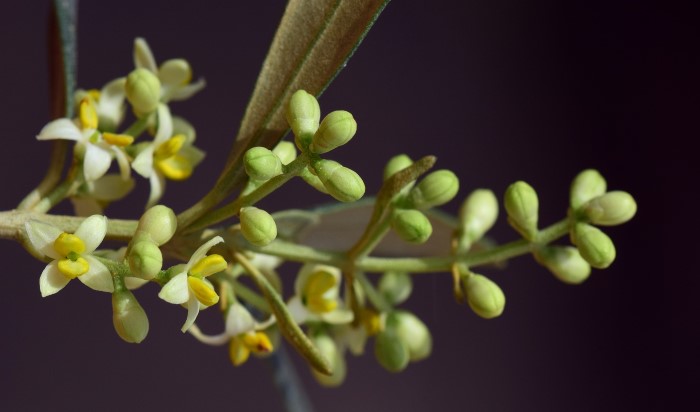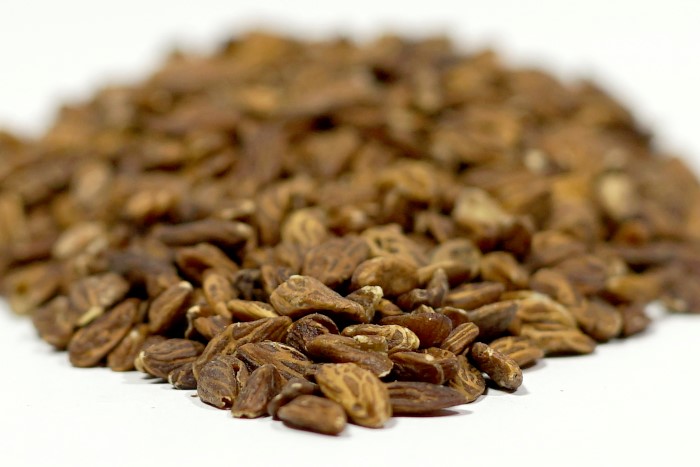
Olive Seed Oil, Nutexa’s exclusive product.
Nutexa presents its most exclusive product: Olive Seed Oil. A comestic innovation that provides high levels of hydration and slows aging. A new application to reconsider the way we think about olives.
Olives have always been well valued. The advance of science has explained the reason for the benefits. Advances that offer different applications to those of traditional consumption. This is the case of Olive Seed Oil intended for cosmetic use.
The bone of the olive, and specifically the seed inside, is the part of the plant with the highest concentration of active compounds. The authentic olive’s hearth. Because the seed is the germ of the plant, and therefore the place where DNA is stored. Eating olives involves casting the bone aside due to its size and hardness. However, technology let take advantage of the bone inside and outside the kitchen.
In cosmetics, the use of olive has been reduced basically to the topical application of olive oil. So transforming the seed into oil, we can bring more active ingredients to the skin, becoming an innovative ingredient in the cosmetic industry.
In this article we show olive seed oil’s extra qualities regarding traditional oil.
Contenido del artículo
Olive benefits
In general, olives prevent those chronic diseases caused by the oxidation of body cells. From bad cholesterol to skin aging, and other diseases like cancer or the deterioration of the neurological system. This is due to the antioxidant function of its main polyphenols – Hydroxytyrosol and Oleuropein – along with the secondary ones (Tyrosol, Cumric Acid, etc).
The importance of antioxidants in cosmetics.
The other main character are monounsaturated fats, and especially oleic acid, belonging to the Omega 9 series (ω-9). It also contains small amounts of vitamin E and makes a good contribution of fiber and sodium.

The seed of the olive is the germ of the plant.
The differences between the olive and the seed
If we remove the bone, the percentage of the fruit pulp reaches between 70 and 90% of the weight of an olive, while the remaining 10-30% corresponds to the bone.
On the other hand, the seed represents 20% of the bone. Nota that this small size is not proportional to its great profile.
Fruit pulp profile:
Fruit pulp is basically water (73.8%) and essential fatty acids (20%). The rest are phenols, sterols and vitamins, also with a poweful action inside the body in spite off the tiny percentage.
Within the fatty acids, the monounsaturates represent 70%. That is, for every 100 grams of the eatable part of the olive, 14 gr are practically oleic acid. As for the polyunsaturated acids, the linoleic acid – an acid of the Omega 6 series (ω-6) is reduced to 2 grams. Finally, the saturated ones (basically palmitic and stearic) add 2.8 gr.
If we focus on the profile of olive oil – made from the fruit pulp – the figures increase. The oleic acid is around 70% (the number varies according to the variety, climate, latitude, etc). The linoleic increases to an average of 10%. And saturated acids are around 15%.
Olive seed profile:
Seeds are basically 99.9% fat. So 100 grams of seed contains between 57 and 65 gr of oleic acid. Around 18 and 23 gr of linoleic acid. And 10-15 gr of saturated fats.
As we can see, the nutritional composition of both oils is similar, although linoleic and palmitic acids are superior in seed oil.
But it is in the rest of the non-nutritive substances where the seed oil makes the difference in regard to olive oil.
Seeds contain about 26 mg/kg of Hydroxytyrosol, whereas that picual oil (the most widespread variety in Spain) only around 0.7 mg. Tyrosol: 20 mg in the seed versus 1.3 mg in conventional olive. DEA: 363 mg against zero in olive oil. The olealonic acid reaches 3,000 mg. Maslinic acid, up to 5,100 mg. Squalene is between 215 and 255 mg. In the case of tocopherols (vitamin E), the range in both oils is between 100 and 200 mg but the figure decreases considerably in refined olive oils (the most common one used in Spain).
Cosmetic properties of olive seed
Fatty acids are one of the main compounds in cosmetics. The seed oil provides a broad profile of fatty acids in general, and a high content of linoleic acid in particular, along with high doses of Hydroxytyrosol, tocopherols, etc.
Properties of linoleic acid in the skin
⇒ It avoids that superficial layers lose more water than necessary.
⇒ Restores the hydrolipidic barrier.
⇒ Improves oxygenation.
⇒ Reduces inflammation.
⇒ It has a depigmenting effect.
Properties of oleic acid
⇒ It goes through all the layers of the skin, reaching the deepest ones.
⇒ Nourishes and retains water from cell membranes.
Palmitic acid
Its bad reputation is due to the increase of cholesterol levels if the oral intake is abusive. Nevertheless, used in comestics, it provides the necessary lipids to protect and restructure the hydrolipidic barrier. In addition, due to its chemical composition, it helps to soften dry and dehydrated skin.
Stearic acid
This acid protects the skin. It avoids the excessive elimination of corporal fluids and the entrance of external pathogens (microorganisms, allergens, free radicals, etc).

Image of the seed contained inside the olive bone.
Other parameters
The suitability of cosmetic vegetable oils is also measured by other types of parameters such as their acidity, density, absorption, etc. In the seed of the olive stands out the delay of oxidation process of the lipids, one of the main causes of the deterioration of vegetable oils. The high levels of Hydroxytyrosol contained in the seed slow down this process considerably compared to other vegetable oils.
Hydroxytyrosol, the superhero of cosmetic antioxidants.
Benefits on the skin
The properties of olive seed oil serve to:
— To stop the natural aging of the skin: wrinkles, sagging, spots, etc.
— To treat premature aging caused by external factors such as solar radiation, smoking and pollution.
— To treat inflammatory diseases: rashes, dermatitis, eczema, etc.
Cosmetic applications
Olive seed oil can be:
— Applied on the skin.
— Incorporated in cosmetic formulations. In this case, it also serves as a vehicle and support for other substances.
— Used in home remedies: masks, ointments, etc.
Virgin oil
Olive seed oil is obtained by low temperature pressure, is clarified through physical or mechanical procedures, and it does not undergo physical or chemical refining treatments. Only this way retains all the properties and guarantees its cosmetic effect.
The quality of the seeds
Nutexa Ingredients’s seeds come from high quality Spanish olives. On the other hand, the process – sustainable with the environment – follows the strict requirements set by the ISO 22000 standard, the highest international certificate in food safety. Nutexa is certified since February 2018.
Other cosmetic oils from Nutexa
⇒ Chia oil
To market or to use the product in your formulations, contact with Nutexa Ingredients.
BIBLIOGRAPHIC REFERENCES:
- Free Radical – Scavenging Properties of Olive Oli Polyphenols’. Visioli F, Bellomo G, Galli C.Biochemical and Biophysical research communications 1998. 247, 60-64.
- Main Benefits and Applicability of Plant Extracts in Skin Care Products. Ana Sofia Ribeiro, Marilene Estanqueiro, M. Beatriz Oliveira and José Manuel Sousa Lobo. Cosmetics 2015, 2(2), 48-65.
- Tablas de Composición de Alimentos. Moreiras y col., 2013. (ACEITUNAS CON HUESO).
- Tablas de Composición de Alimentos. Moreiras y col., 2013. (ACEITE DE OLIVA).
- El aceite de oliva y la dieta mediterránea. Instituto de Salud Pública de la Comunidad de Madrid. 2005.
- http://www.veritas.es/wp-content/uploads/Veritas79CAST.pdf
- http://www.naturalsensia.com/blog/2015/04/los-acidos-grasos-en-cosmetica-natural
- http://cosmeticareal.blogspot.com/2015/10/cosmeceuticos-acido-linoleico-contra.html




